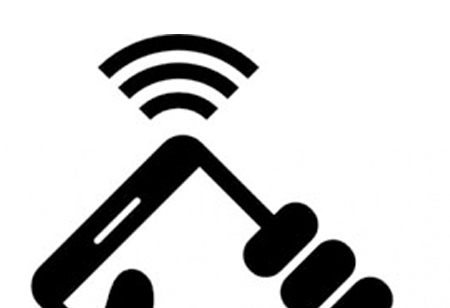THANK YOU FOR SUBSCRIBING
Can Infrared Power Deliver Rich Wireless Charging?
Infrared power could be a stronger wave for wireless charging providing enhanced efficiency and safety when compared to radio wave frequencies.

By
Apac CIOOutlook | Friday, July 19, 2019
Stay ahead of the industry with exclusive feature stories on the top companies, expert insights and the latest news delivered straight to your inbox. Subscribe today.
Infrared power could be a stronger wave for wireless charging providing enhanced efficiency and safety when compared to radio wave frequencies.
FREMONT, CA: Wi-Fi allows devices to communicate wirelessly, all connected devices and the networks have one thing in common: power consumption. Power delivery is the most significant factor limiting innovation and adoption of connected devices. Device manufacturers are continuously trying to find alternatives for power-hungry chips, all while slimming down their devices to keep up with the functionality and aesthetic demands of the consumer.
As each device has different power needs, it is critical to recognize exactly how much power can be delivered wirelessly. Limiting factors that affect energy delivery is:
• Distance, limited by diffraction
• Power, limited by safety
With the case of diffraction, a power beam becomes wider with the increasing gap between transmitter and receiver, impacting the power-capture ability. The efficiency is reduced, and much more energy needs to be transmitted to power the device. Additionally, energy not captured by the receiver immerses the environment, creating unwanted effects for people, pets, and plants. One option to improve efficiency is to increase the size of the receiver, which is an impractical solution for phones and portable devices.
Another option is to increase the transmission power, regardless of low efficiency. However, the type of energy determines the reach of allowable safety limits by the government. Thus, technology for capturing the energy by a small receiver at a distance is necessary.
Is Infrared (IR) Technology the Solution?
IR can convey power efficiently at much longer distances when compared to RF and complies safety limits. IR power can work both mobile devices and smart devices at intervals of 10 and power levels of up to numerous Watts.
IR power can be packed into a tight beam easily and suitable to carry the power over long distances. Being much safer than RF or other power transfer options, IR is natural and is accountable for half of the solar energy heating the Earth. Living beings, such as humans, animals, and even plants, are more adapted to it. Even though it might take years to power larger devices via wireless IR power, the combination of efficiency and safety by IR is higher than RF technologies.
See Also: Energy Tech Review





